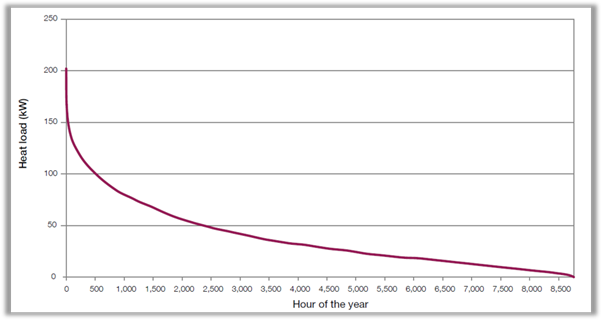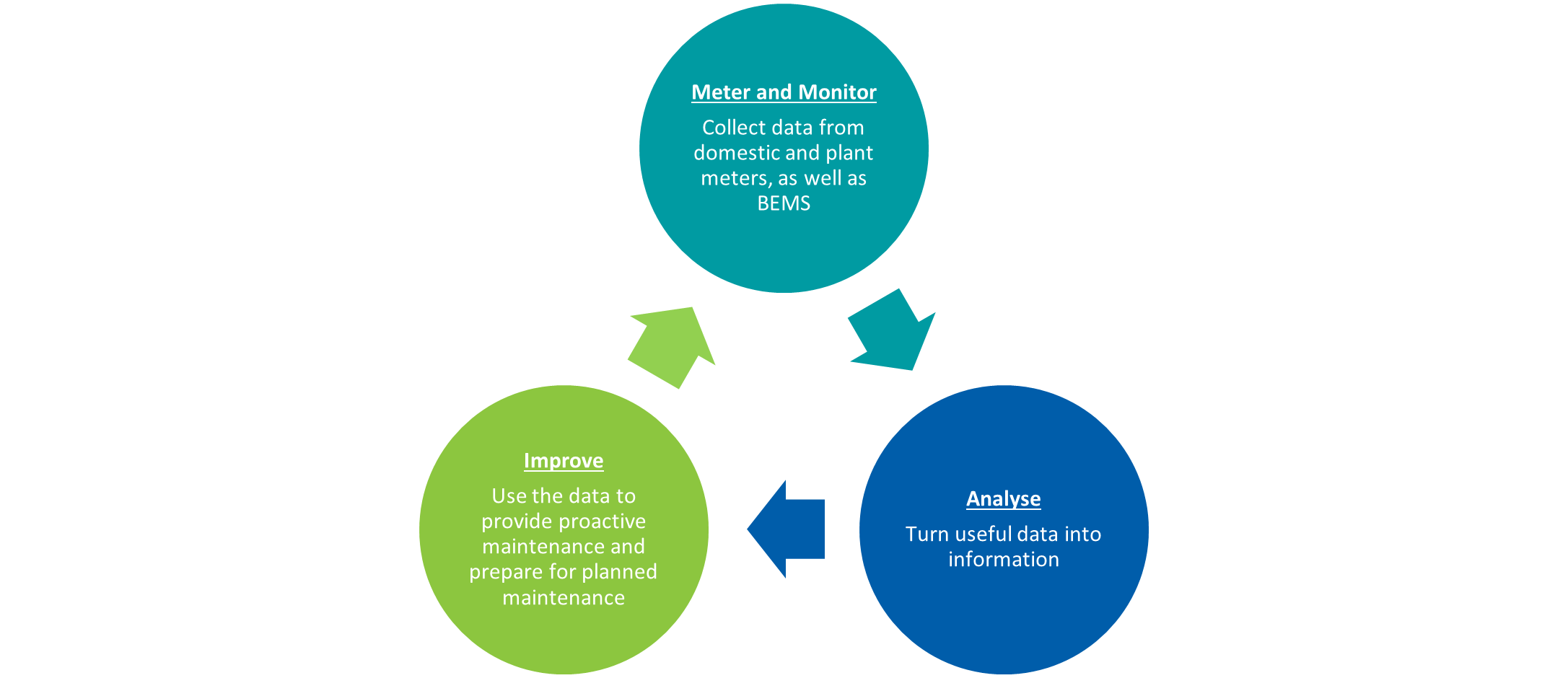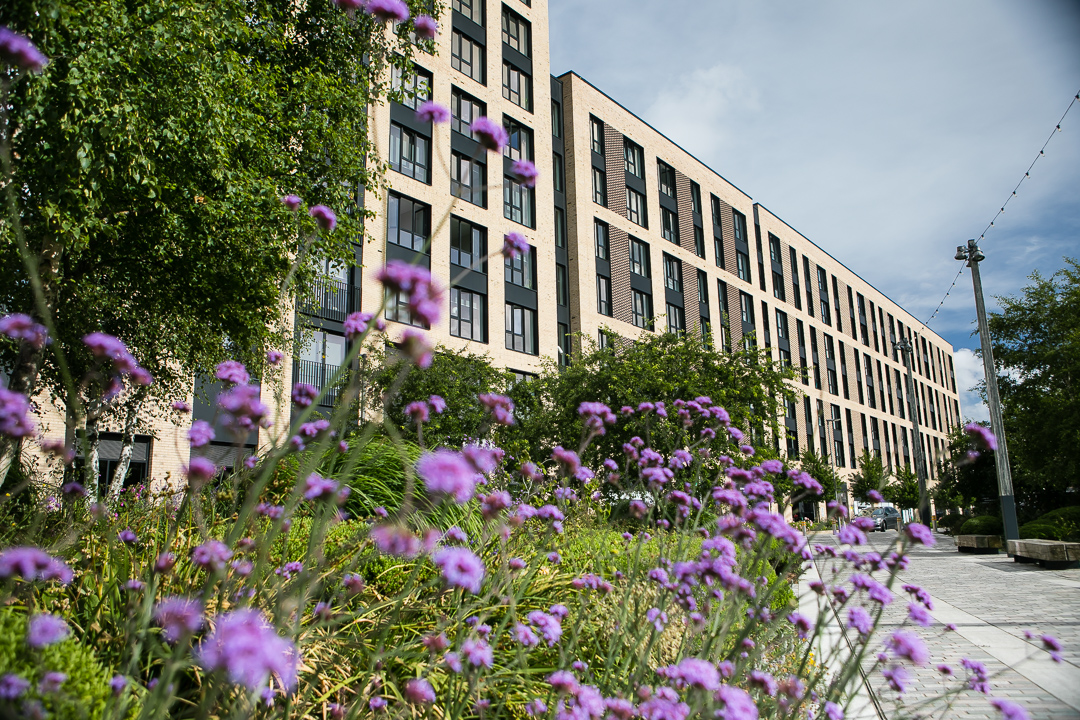In the past, the poor performance and efficiency of heat networks, could be and often was ignored, because low commercial gas prices removed the incentive for operators to ensure their networks were performing optimally. Since the gas crisis however, spiralling gas prices have brought heat network performance into the spotlight, with efficiency identified as the central method of reducing operating costs and costs to residents.
Heat networks in the UK are becoming an increasingly popular, low cost, low carbon way to heat homes, and form a vital part of the Government’s plan to be Net Zero by 2050. However, many heat networks in the UK are significantly underperforming, due to a lack of specialist knowledge, expertise and capability, as well as a lack of experience in the design, build and operation.
Why are heat networks different to standard heating systems?
In the UK, heat networks are widely misunderstood. Operators and residents are used to a standard heating system, where each individual property has a gas boiler, and gas is procured and supplied at a domestic rate. In this case, the heat is called upon when there is demand within the property and once it is no longer required, the heating system is turned off and lies dormant until it is needed again. Therefore, there is no requirement to inspect or improve the efficiency of the system as it spends most of its time turned off. In addition, on a standard heating system, the individual gas boilers have no effect on heat or hot water for other residents who live on the development, unlike a communal heating system where one poorly performing property will affect heat and hot water for the entire network.
With heat networks however, this is not the case. Communal heating schemes operate from one central energy centre, where gas is supplied at a commercial rate. From here, the heat is then continuously circulated around the network, with increased demand when required by the residents. This means that the heating system is in constant use, and therefore the need for it to perform as efficiently as it can, is imperative to bringing down costs for the operator and the resident and reducing the carbon emissions. The demand duration curve below highlights the demand on a communal heating system throughout the year, highlighting its constant use.

Source: CIBSE CP1
What is heat network efficiency?
In 2021, BEIS (Department for Business, Energy & Industrial Strategy) launched the Heat Network Efficiency Scheme (HNES). This demonstrator programme was solely aimed at supporting performance improvements to existing heat networks where outcomes for customers and operators are sub-optimal.
The demonstrator scheme proved incredibly popular, with Switch2 supporting several applications for funding, indicating that there is indeed an appetite to improve the performance of heat networks.
The funding for HNES is currently closed, what’s next?
In essence, heat network efficiency is a simple principle. The aim of improved heat network efficiency is to do more with less. For example, by improving the efficiency of a heat network, you will reduce the gas and electricity consumption but still generate and distribute the same amount of useful heat for the end consumer.
In our experience, the average scheme in the UK generally operates at between 30-40% efficiency, meaning that there are significant losses across the network which leads to increased cost and carbon emissions.
To improve heat network efficiency, building owners with heat networks MUST consider the entire operation and performance of a scheme. Often, we see heat networks with multiple operation and maintenance contractors for different parts of the network, meaning that there is not one single view of how the entire network is performing. To truly make a difference and achieve optimum performance, data must be centralised rather than siloed, and used to analyse the entire scheme, from energy centre to property and the distribution and return in between. Without this, operators cannot identify problematic areas and make targeted interventions.
It is worth noting however, that heat network efficiency is a journey, and not something that can be achieved overnight. Operators must continuously monitor, analyse, evaluate and then improve the performance of the heat network through a series of targeted interventions.

What does improving heat network efficiency do?
Improving the efficiency of a heat network has benefits for both operators and residents.
In the short term, through data-driven, targeted improvements, the heat network will operate better meaning improved reliability for residents. Reductions in gas consumption will also be significant, leading to reduced bills for residents.
In terms of operating costs, improved heat network efficiency means reduced return temperatures, reduced pumping costs and a reduced duty cycle on the system. This in turn adds longevity to the life of expensive plant equipment.
Finally, improving heat network efficiency leads to significant reductions in carbon emissions, helping operators to meet Net Zero targets much more easily.
You can find out more about how improving performance reduces carbon emissions in our case study here.
Why should you be putting heat network efficiency at the top of your priority list?
Since the energy crisis, we have seen unprecedented rises in the cost of gas and there seems to be no signs of this returning to pre-crisis levels soon, if indeed, at all.
The increased cost of gas has meant that looking at improving heat network efficiency, through specialist data-driven operation and maintenance is no longer expensive. In fact, specialist operation and maintenance now it pays for itself meaning that it should no longer be a ‘nice to have’, it is essential to get it right to reduce operating costs and costs to residents.
Without data-driven, holistic operation and maintenance through one specialist contractor, it is impossible to effectively understand the current performance of a heat network and, therefore, make targeted improvements which will have an affect on the overall performance.
How do I start improving the performance of my heat networks?
To help you, we’ve put together our easy to use, heat network efficiency savings calculator. The calculator will use basic data you should have from your heat network, such as annual gas consumption and current gas price (p/kWh) to calculate what you could be saving if you increased the efficiency of your heat network.
Try the calculator now.
Alternatively, send us a message using the form below and one of our team will be in touch to discuss how we can help.


